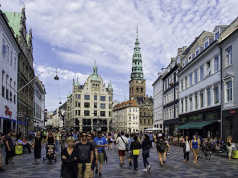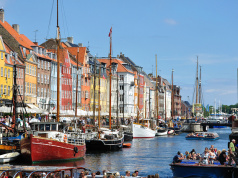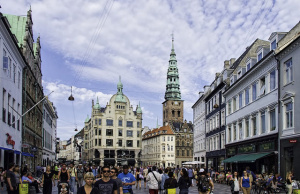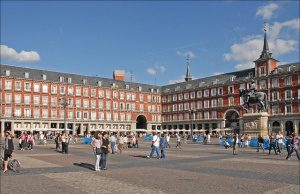One of Copenhagen’s most iconic images is the brightly colored 17th and 18th century homes in the Nyhavn (New Harbor).
In fact, my motivations to visit Copenhagen began over two years ago, upon first seeing a picture of this quaint little area.
Busy Port ..To Desolation.. To Restoration
Like many other old European ports in coastal cities, Nyhavn was once a busy commercial port. Constructed under the rule of King Christian V from 1658 to 1660, it was once Copenhagen’s gateway connecting the sea to the bustling inner city, beginning at Kongens Nytorv (King’s Square).
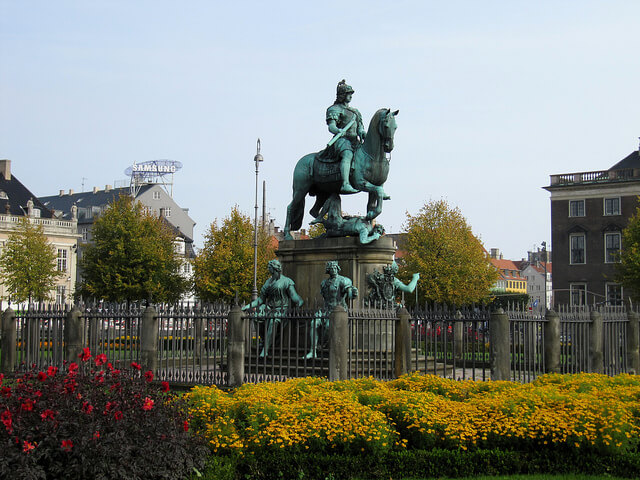
From the mid-17th century to the early 20th, Nyhavn was a lively area, full of cargo ships, goods to be bought and sold and fresh catches from the day. Also like many other port areas, it was known for rowdy sailors, prostitution and a plethora of alcohol.
As the ships grew larger, especially after World War II, land transport became more popular and small vessel ships (the ones the could fit in the Nyhavn area) become relatively obsolete. From that point on, Nyhavn became nearly deserted of ships.
In the mid-1960s the Nyhavn Society was founded to revitalize the area and in 1977 it was inaugurated as a veteran ship and museum harbor. It also became a pedestrianized area; the homes have been refinished while still maintaining the original designs and architecture of the 16th and 17th century construction and Nyhavn has become one of the most popular tourist spots in all of Copenhagen.
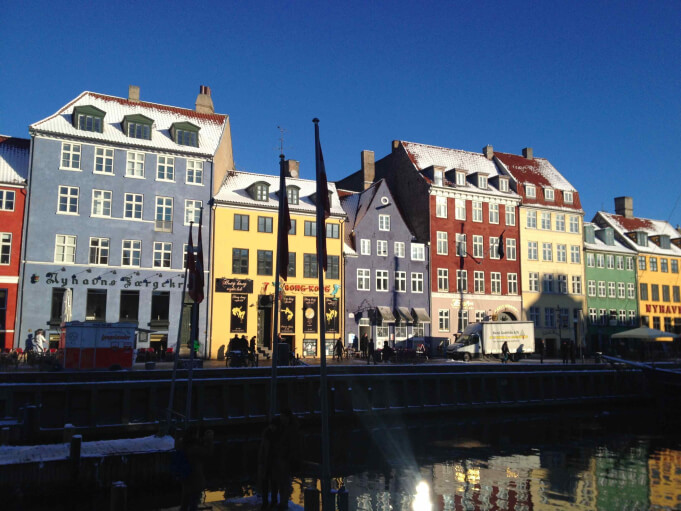
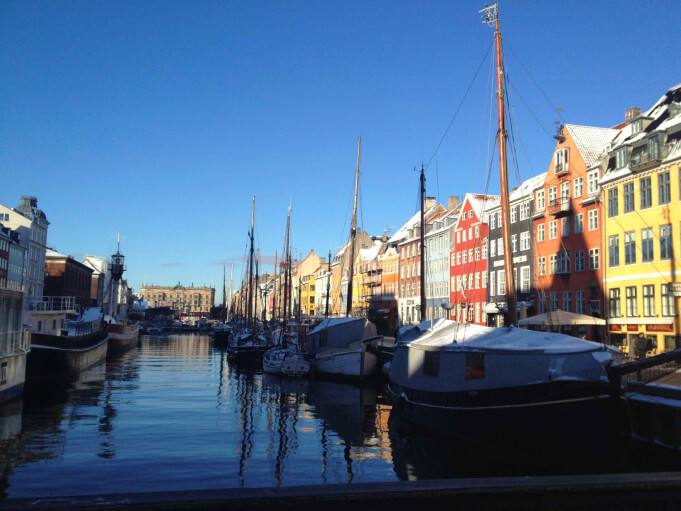
Though picturesque all year round, it is especially popular in the summertime. You can eat at one of the many restaurants facing the harbor or save some Kronor and buy beer at the local shop and sit by the edge of the water.
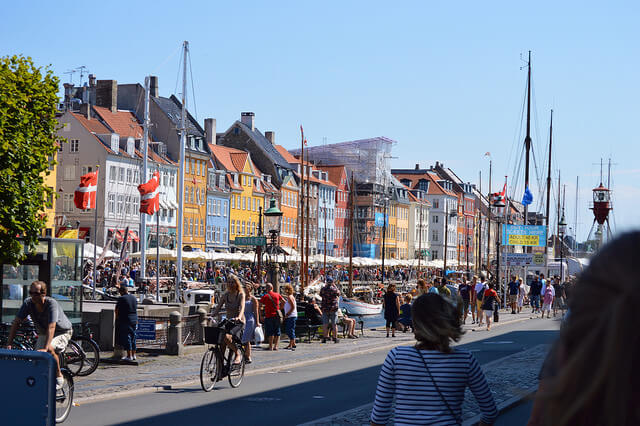
Even when I visited in January, there were tons of people hanging around, both inside and out, taking photos, eating some delicious looking food and enjoying the sites.
Popular Sites in Nyhavn
Within the area of Nyhavn, there are also some popular sites to see. Perhaps the most famous is the previous home of famous Danish author Hans Christian Andersen. From 1845 to 1864 he lived and wrote many of his most famous fairy tales at house number 67. Today, you can find a plaque in memory of the iconic Dane.
Also in the area is the Memorial Anchor. This is to commemorate the more than 1,700 Danish officers and sailors in the Navy that died during World War II.
![By Mstyslav Chernov (Self-photographed, http://mstyslav-chernov.com/) [CC BY-SA 3.0 (http://creativecommons.org/licenses/by-sa/3.0)], via Wikimedia Commons](https://travelingeurope.biz//wp-content/uploads/2016/02/MemorialAnchor.jpg)
Lastly, you don’t want to miss house number 9, the oldest in the area, which dates back to 1681. The design has not been changed from that time, so it gives visitors an ideal example of what homes looked like over 300 years ago.


